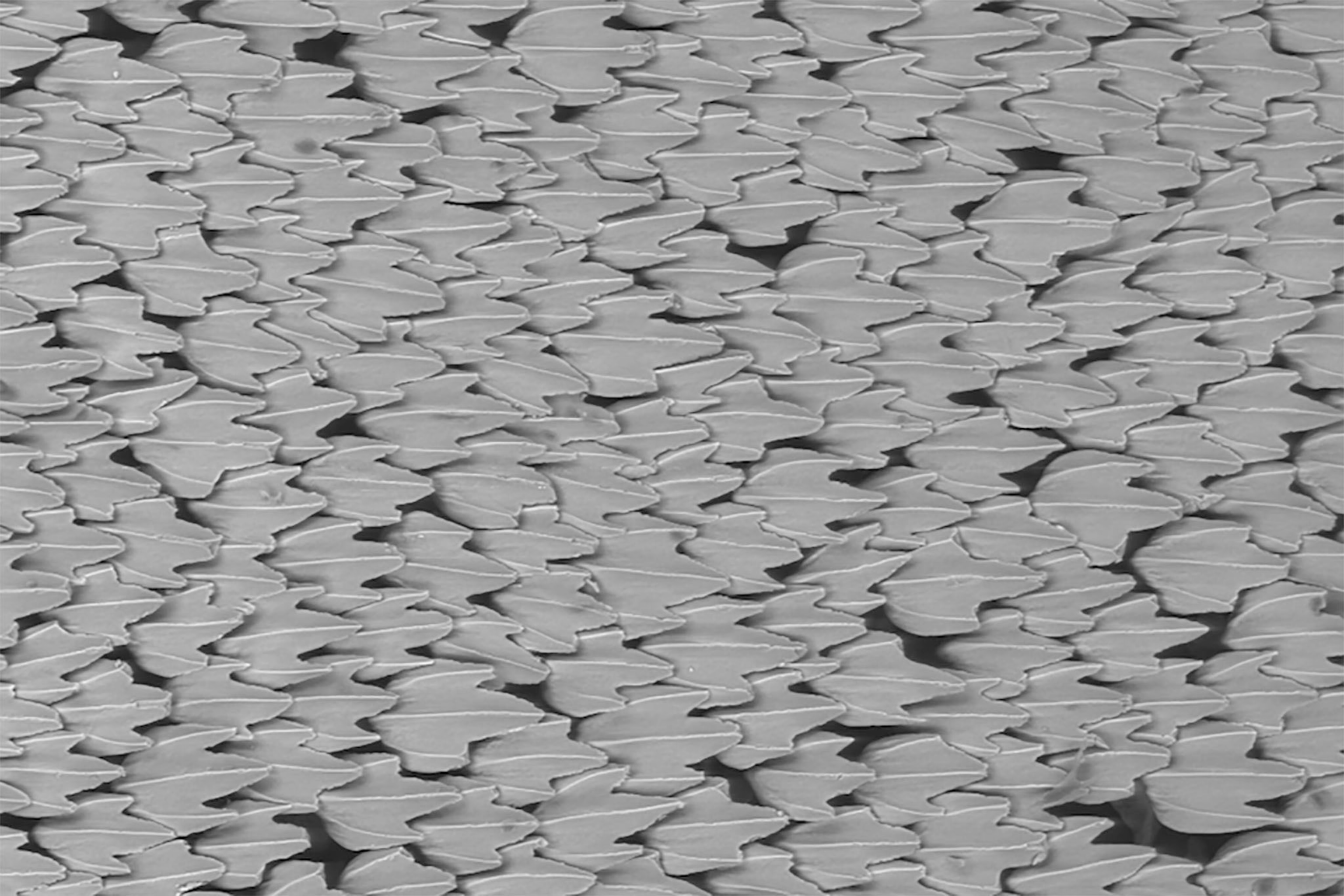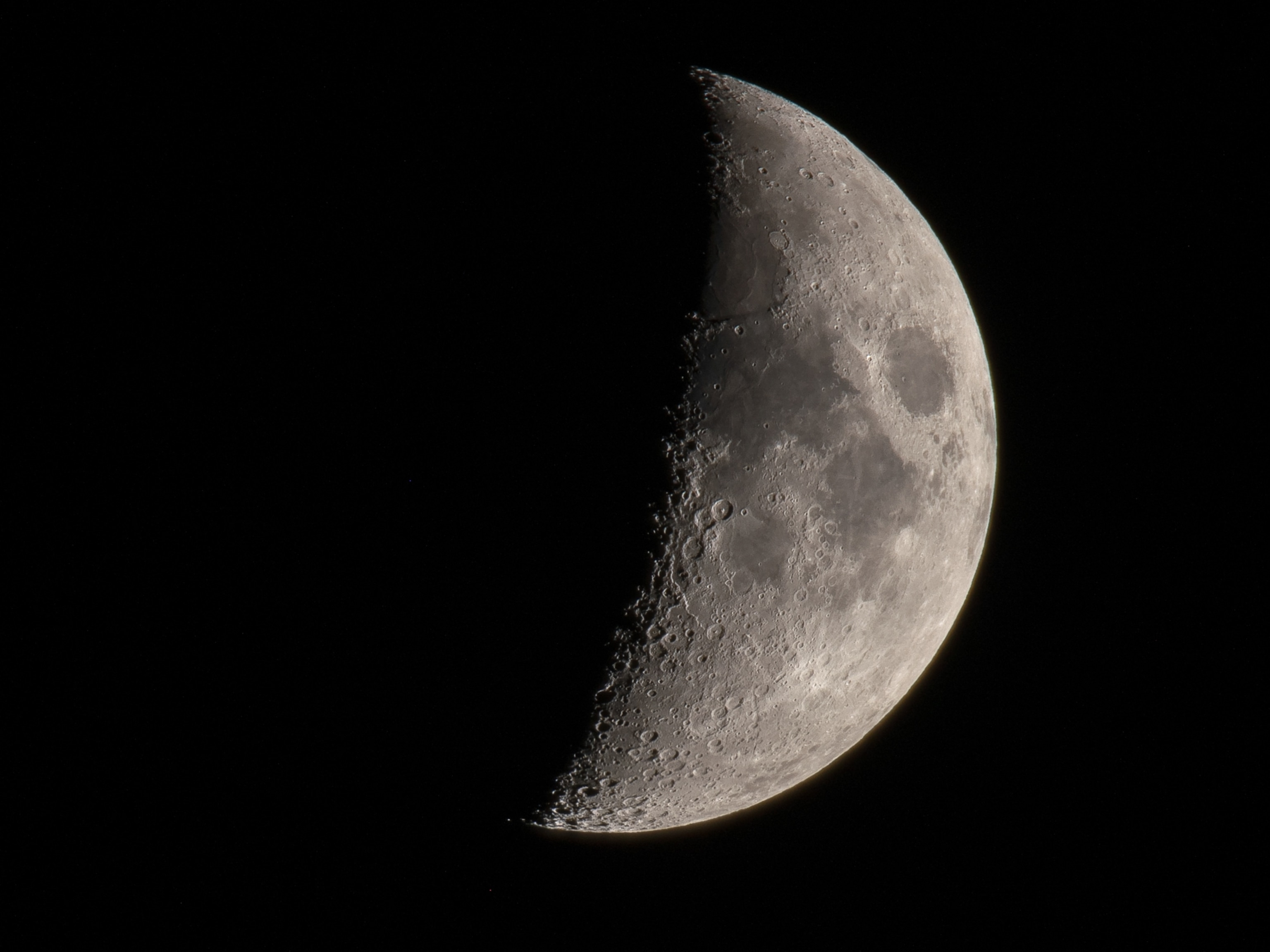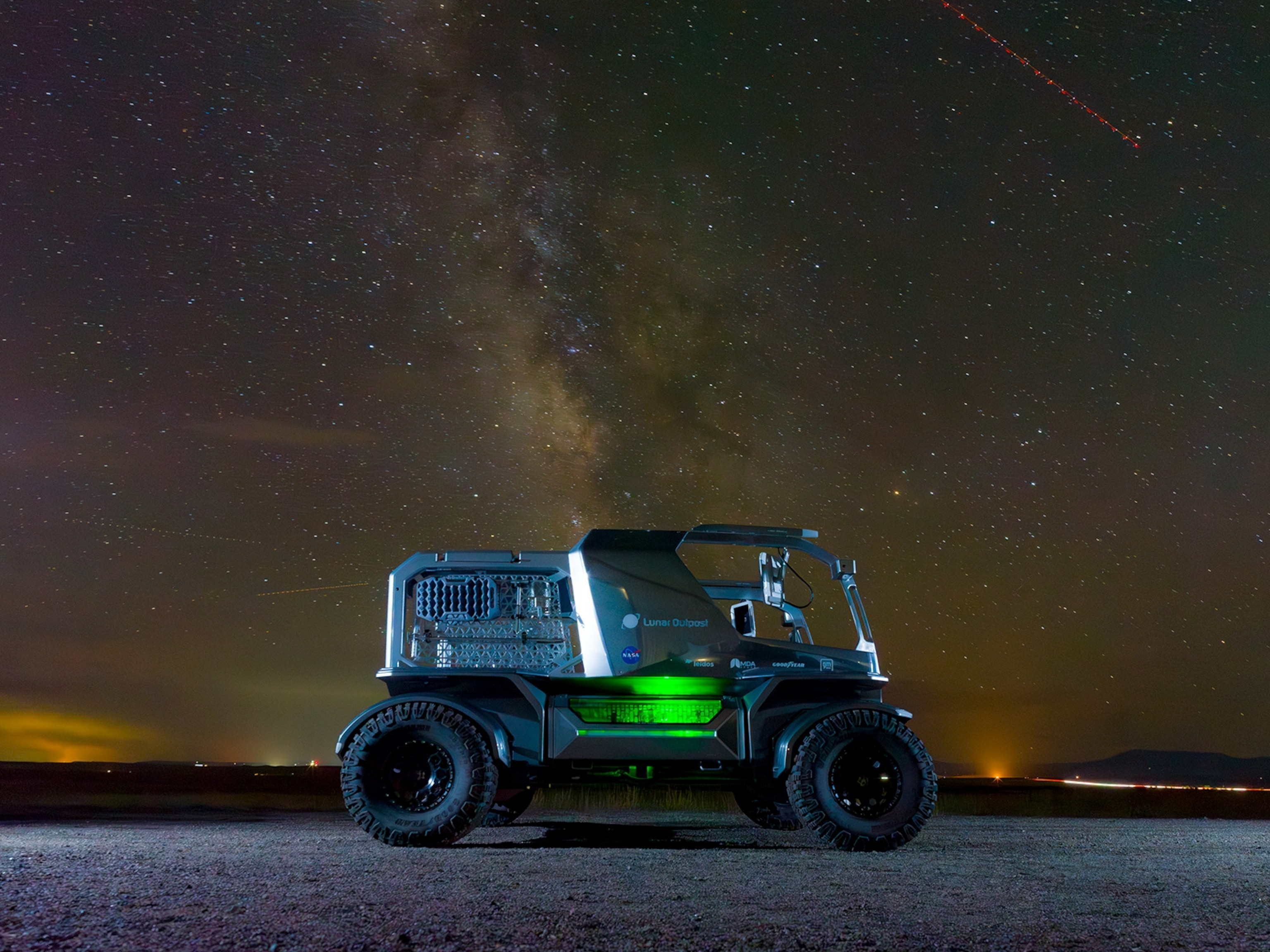
These Tiny Scales Make Sharks Incredibly Fast. Can They Help Us Build Better Planes?
The scales of shortfin makos, the fastest species of shark, could guide the design of aerial vehicles in the future.
With more than 400 million years of evolution behind them, sharks have adapted to move quickly through water. Shortfin makos are the fastest sharks in the ocean, clocking speeds of up to 60 miles per hour. Salmon sharks are the second speediest, at 50 miles per hour, and iconic great whites are third.
The skin of sharks is lined with denticles, or small, tooth-like scales. These denticles have been the subject of aerodynamic inquiry since they were first studied in the 1980s, but reviews have been mixed on whether they reduce drag or not. So, a team of evolutionary biologists and engineers at Harvard University investigated.
The researchers wanted to see how denticles on sharkskin made the fishes faster and teamed up with their colleagues at the University of South Carolina to look into it. Through several lab tests, they found that shark denticles not only reduce drag to help propel the animals forward, but they also increase lift. Outlined in a paper published February 6 in the Journal of the Royal Society Interface, the research could soon have implications for aerial vehicles like planes, drones, and wind turbines.
The Deal With Denticles
The main components of speed are lift and thrust. Aerial vehicles need some sort of force to push them upward, and something keep them headed in that direction. Since sharks are naturally buoyant, their normal lift is lateral rather than skyward, says co-first author Mehdi Saadat.
"You can ultimately enhance your lift and reduce your drag, which in turn helps to improve the amount of energy you're consuming," says PhD student and co-first author August Domel.
The denticles on makos have three raised ridges, like mini sharkskin tridents. The researchers used micro-CT scanning and 3-D printed the denticles onto an airfoil, or the aerodynamic cross-section of a wing. Airfoils can help planes, helicopters, and other aircraft be more efficient flyers.
Then, the researchers put that airfoil in a water flow tank. They tested 20 different configurations, switching up the size of the denticles, the rows they were arranged in, and the positions of those rows. They found that shark denticles not only reduce drag, but they also increase lift. The structures create high-powered, low-profile vortex generators to help the swimmers quickly glide through water. Vortex generators, which—as the name suggests—are configurations that generate vortexes, can be found on cars and planes.

The test could be scaled up for larger airfoils as well. Though specific configurations are outlined in the paper, the researchers say those denticle configurations could change depending on what airfoil they're affixed to.
"This study was a proof of concept that these designs could be used to greatly enhance the aerodynamics on an airfoil," Domel says. "You sort of have to play with the parameters for your specific application."
Planes, Drones, and Wind Turbines
Originally, the research team set out to investigate what effect denticles had on a shark's speed. But this information could also be used to in other aerodynamic applications. Denticle-like structures could be applied to airfoils on vehicles like planes, drones, wind turbines, and cars to make them more efficient movers.
"We wanted to understand what the function of these denticles [is]," says Saadat, who is also a postdoctoral fellow at Harvard. "Through that process, we realized we can actually [make] that into an aerodynamic device."
More research and testing will be needed to see how this technology develops in the future.
"Can we do better?" Saadat asks. "That comes with the process of optimization."
Inspired by Nature
In addition to their speed, makos are well-adapted, streamlined, open-water sharks. The sexually dimorphic species can grow longer than 6 feet and weigh more than a thousand pounds, and they have been recorded to swim more than 1,300 miles in a month. Makos also have large gills, keen eyes, and pronounced but non-serrated teeth.
Saadat says sharks could provide a wide area for more bioinspired research. Already, Harvard's George Lauder, who was also involved in this study, has worked to 3-D print artificial shark skin.
"Nature," Domel says, "has had [a much larger] head start on the design process than humans have."


































